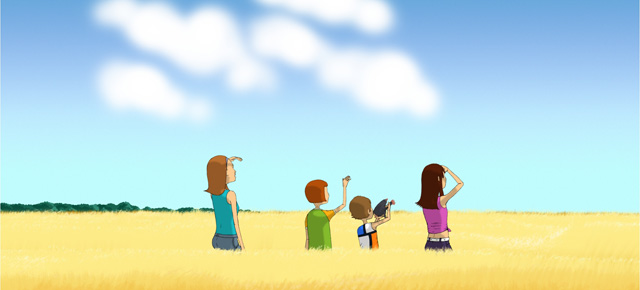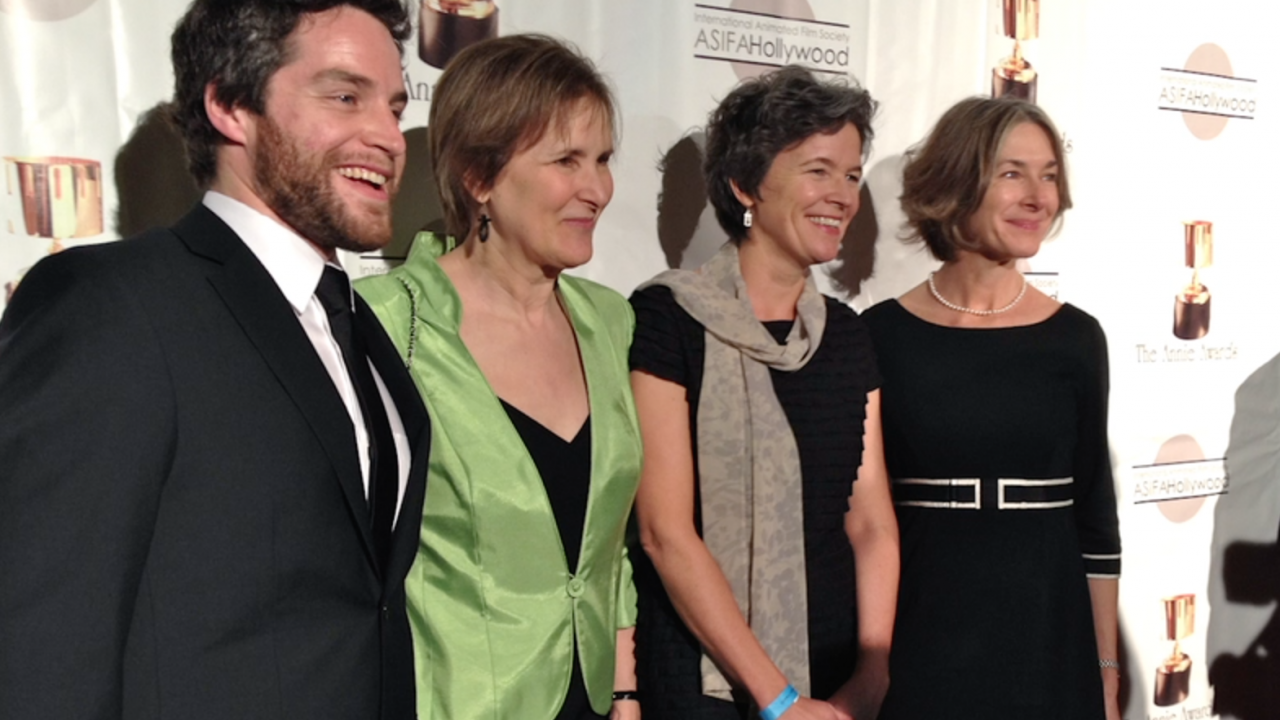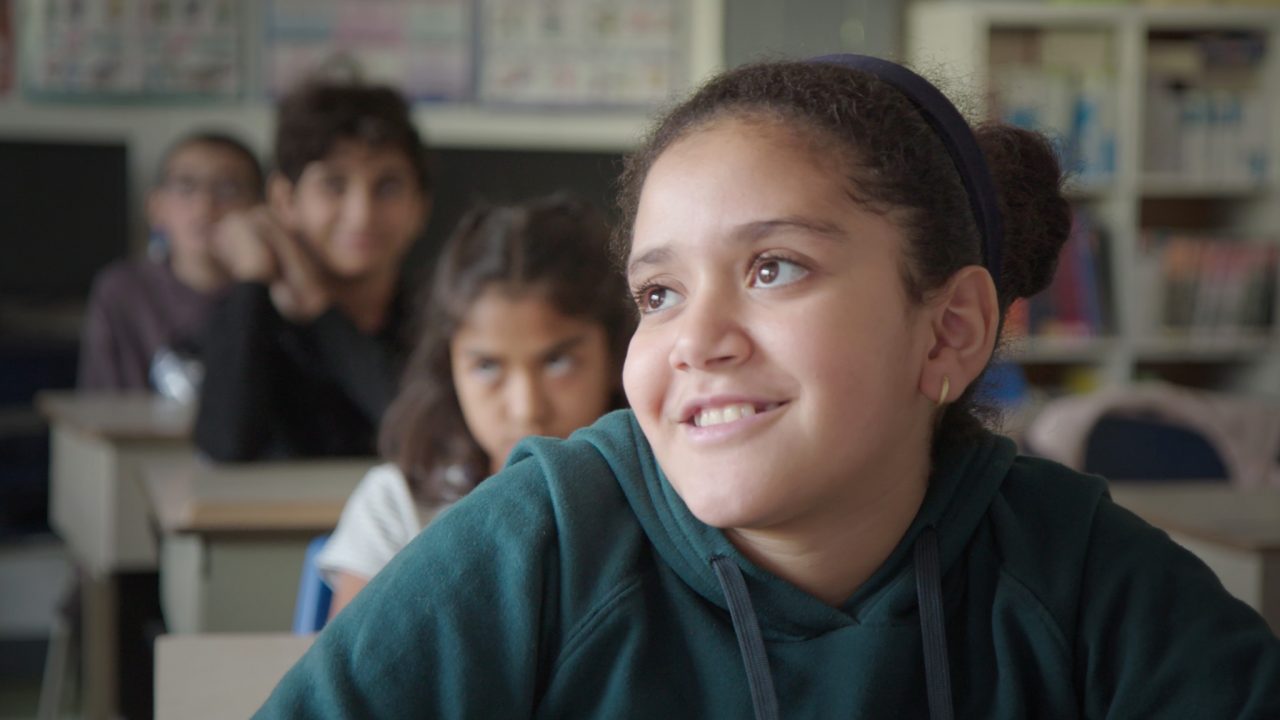Do you have 10 minutes (or less) to spare? If you do, have a look at our selection of four short films and consider sharing one of these great titles with your students. These highly recommended shorts tie in to the curricula of English Language Arts, History, Social Studies, Health and Personal Development, and Arts courses. CM: Canadian Review of Materials has given all these films the thumbs up. Its reviewers are teachers, professors, teacher-librarians and public librarians who are incredibly knowledgeable about educational material for children and youth.
So take a few minutes to watch one of these films. You won’t regret it!
Big Mouth (Andrea Dorfman, 2012, 8 minutes)
“Young children don’t understand that pointing out physical flaws can be hurtful,” writes Harriet Zaidman in her CM review of Big Mouth. “Tact is a learned skill, and that’s the message behind Halifax animator Andrea Dorfman’s short animation Big Mouth… Big Mouth can be used to teach about the power of words, about the difficulty of adjusting to new situations and as an example of a unique animation style.”
Big Drive , Anita Lebeau, provided by the National Film Board of Canada
Big Drive (Anita Lebeau, 2011, 9 minutes)
Julie Chychota writes that “[a]side from recreational value… Big Drive could be useful in educational settings, especially in English classes, to ignite ideas for creative writing or storytelling assignments. It could also be used to analyze techniques of plot development, characterization, or point of view, in courses on literature or computer animation… At nine minutes and seventeen seconds, this joyride feels like it’s over much too soon, but Lebeau’s playful depiction of a family’s summer outing is a balmy antidote to a harsh Canadian winter. While firmly fixed in time, this warm and whimsical animation encapsulates some timeless truths about family ties.”
55 Socks, Co Hoedeman, provided by the National Film Board of Canada
55 Socks (Co Hoedeman, 2011, 9 minutes)
“This is a short film, barely 9 minutes long, but a powerful little story,” says Joanne Peters in her CM review of this short animation. The film is black and white, the graphics in the style of wood-cuts, highlighting the bleak reality of experiencing war and all of its deprivations. Voice-overs from war-time news”reels provide an authentic historical context. Despite the desperation of the times, the four women find kinship with each other, purpose in their knitting, and a way to survive and persevere.”
Petra’s Poem, Shira Avni, provided by the National Film Board of Canada
Petra’s Poem (Shira Avni, 2012, 4 minutes)
Harriet Zaidman’s CM review observes that “[t]his pleasing four-minute video shows a young Down Syndrome woman, Petra Tolley, acting out a poem that she has written and which she also narrates. Her poem is about her desire to be surrounded by her peers, to never be on the outside of the group, a place where she develops feelings of loneliness and isolation… Petra’s poem is heartfelt and a typical response to the fear of being left out that is common to most of us, but surrounding her are other young adults with Down Syndrome. With a string orchestration and a strong beat as a musical background, they circle Petra, demonstrating the power of community.”




